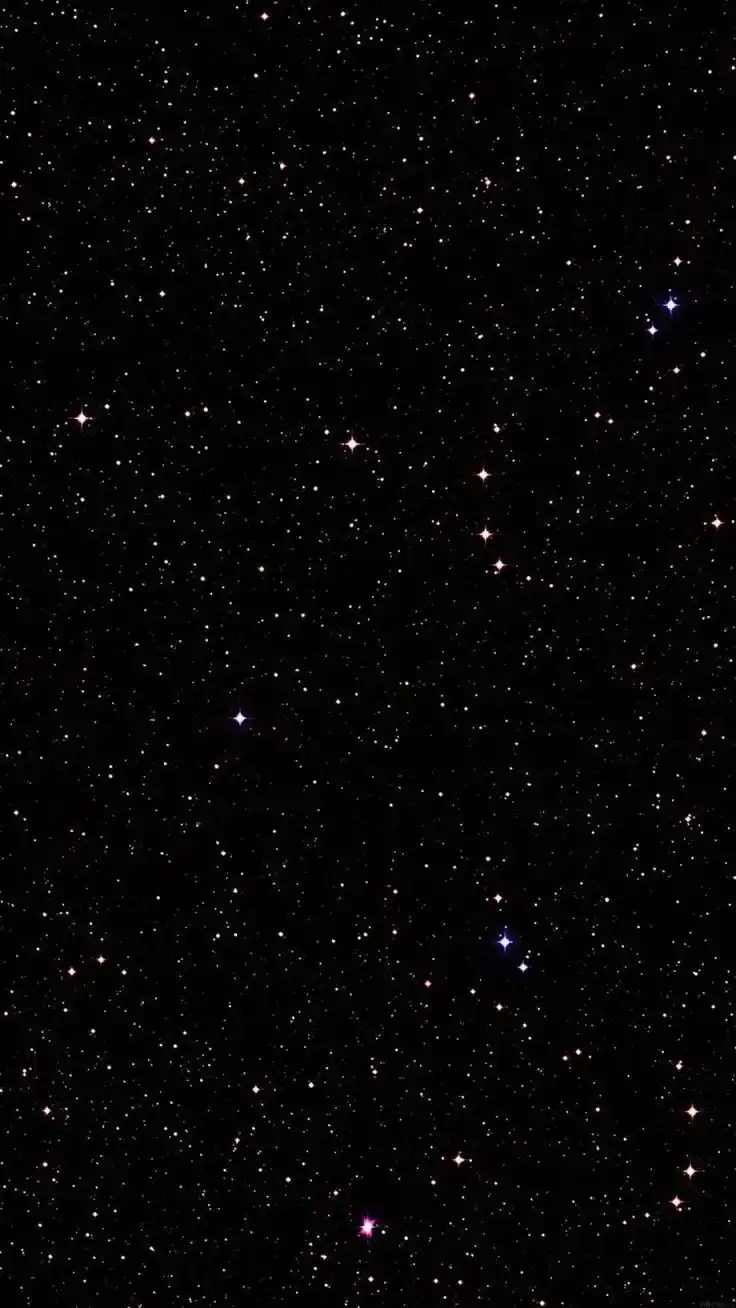

The source of the book
This book is published for the public benefit under a Creative Commons license, or with the permission of the author or publisher. If you have any objections to its publication, please contact us.
High Dynamic Range Image Sensors
(0)
Author:
Abbas El GamalNumber Of Downloads:
60
Number Of Reads:
11
Language:
English
File Size:
0.73 MB
Category:
fieldsSection:
Pages:
62
Quality:
good
Views:
978
Quate
Review
Save
Share
Book Description
High Dynamic Range Image SensorsAbbas El GamalDepartment of Electrical EngineeringStanford UniversityISSCC’021
Motivation Some scenes contain very wide range of illumination with intensitiesvarying over 100dB range or more Biological vision systems and silver halide film can image such highdynamic range scenes with little loss of contrast information Dynamic range of solid-state image sensors varies over wide range:high end CCDs 78dBconsumer grade CCDs66dBconsumer grade CMOS imagers 54dB So, except for high end CCDs, image sensor dynamic range is not highenough to capture high dynamic range scenesISSCC’022
Imaging High Dynamic Range Scene – The problemHDR SceneShort Exposure-time ImageISSCC’02Medium Exposure-time ImageLong Exposure-time Image3
Extending Sensor Dynamic Range Several techniques and architectures have been proposed for extendingimage sensor dynamic range – many questions: What exactly is sensor dynamic range, what does it depend on, and howshould it be quantified (100dB, 12 bits, . . . )? In what sense do these techniques extend dynamic range? How well do they work (e.g., accuracy of capturing scene informationand/ or image quality)? How should their performance be compared?– Are all 100dB sensors equivalent?– Is a 120dB sensor better than a 100dB one?ISSCC’024
Tutorial Objectives To provide quantitative understandin
Abbas El Gamal
Abbas El Gamal is an Egyptian-American electrical engineer, businessman and scientist, born on May 30, 1950. He is best known for his development of a number of important theories in the field of communication networks, sensors, and imaging systems. He is currently a professor of engineering at Stanford University, and he founded and co-founded A number of telecommunications companies and biotechnology companies, in addition to his participation in technical advisory boards and scientific societies.
Read More
Sorry, this book file is currently unavailable. We're working on a full website update, and the file will be uploaded soon. Thank you for your patience and interest.
Rate Now
1 Stars
2 Stars
3 Stars
4 Stars
5 Stars
Quotes
Top Rated
Latest
Quate
Be the first to leave a quote and earn 10 points
instead of 3
Comments
Be the first to leave a comment and earn 5 points
instead of 3